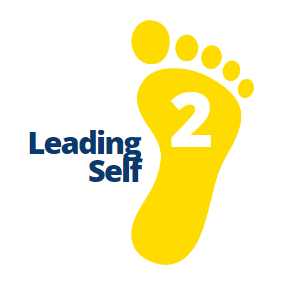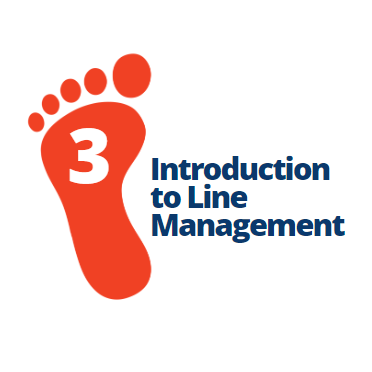Step 1: Local Inductions
Structured, independent learning.
Guidance and supporting materials to enable you to provide the best possible induction to those joining your place of work.


Starting New Staff
Induction is more than a first-day orientation: it’s a strategic process that supports integration, builds confidence, and drives long-term performance.
When delivered effectively, it reduces early turnover, enhances productivity, and strengthens employee engagement well beyond the initial weeks.
It’s not limited to new recruits. Staff transitioning into new roles or returning after extended leave, such as maternity or long-term sickness, also benefit from a structured, well-prepared welcome.
Whether internal or external, every employee deserves an induction that reflects the value of their contribution.
Tailoring the approach to the demands of the role ensures individuals feel informed, supported, and ready to succeed from the outset.
Get started with Local Inductions - Access your Supporting Materials Here:
Other useful links and information about inductions can be found at the links below:









